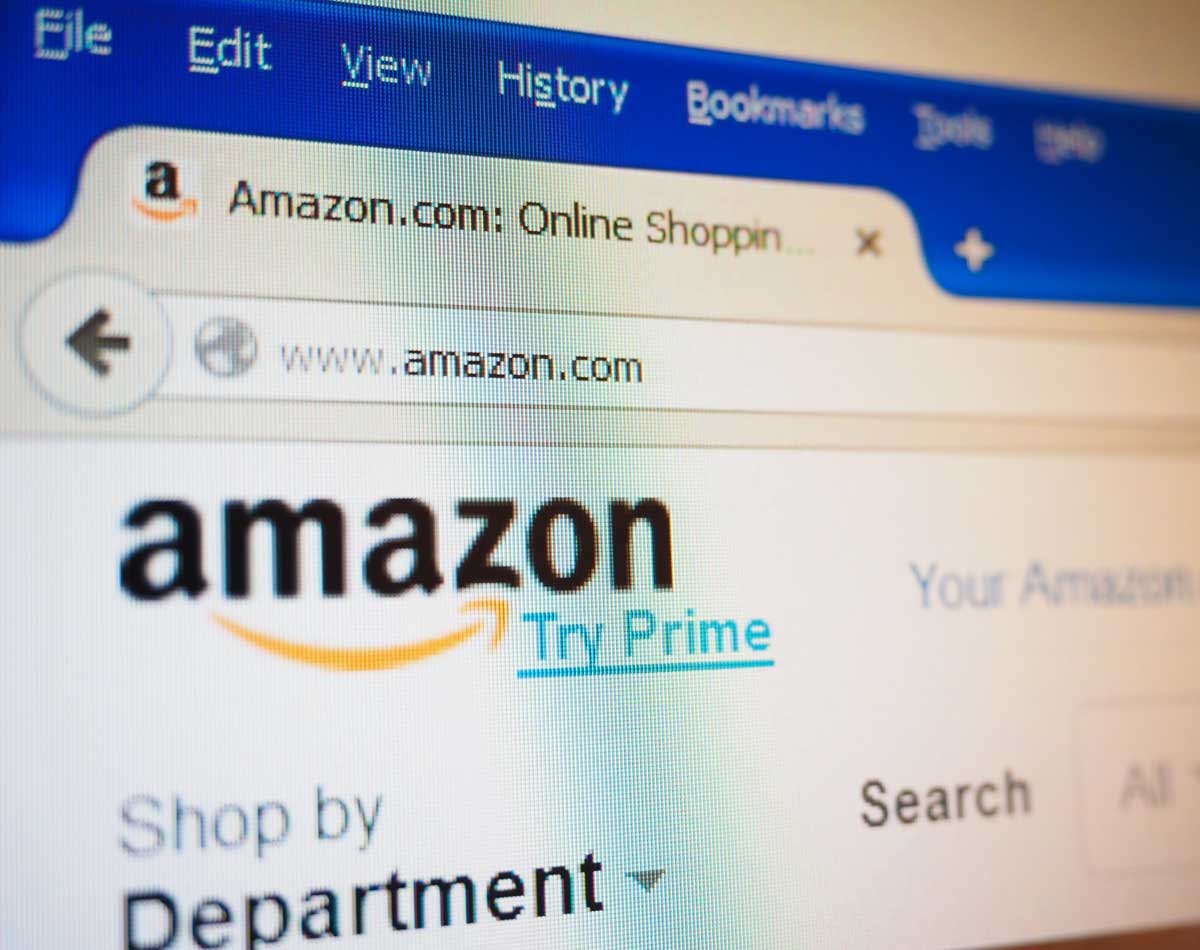
When it comes to online shopping, Amazon’s A9 Search Engine currently outperforms Google when it comes to product searches. A crucial factor in achieving Amazon FBA (Fulfillment By Amazon) success is through Amazon SEO (search engine optimization). Amazon uses its A9 Search Algorithm to rank products, and, like Google, they keep the secrets behind this algorithm locked up. This checklist will guide you on what essential skills you can master to get your product ranked on Amazon.
Sales Velocity and Keyword Relevancy = Amazon SEO.
Keywords are crucial with Amazon SEO. These keywords let Amazon’s A9 search algorithm know what your product is. To rank your product appropriately, sales velocity and keyword relevancy have to work together. While sales velocity tells Amazon that your product is one that buyers want, your product listing’s details tell Amazon what your product is.
Amazon answers search queries with what it believes–and what previous customers have told it–to be the best products related to the search term. By clicking on the first result and completing a purchase, I am telling Amazon that the product is relevant. However, if I scroll past the result or perform a different search, I am letting Amazon know that the products they suggested don’t match what I was looking for. As a result, Amazon adjusts its algorithm for that search term accordingly.

In a nutshell, if your product is relevant to what an Amazon customer wants, they will buy your product. Once the customer buys your product and Amazon turns a profit, Amazon will rank your product higher. Relevancy in your product listing is crucial, and here is what you should optimize:
- Product photographs and video – Product photos are the first things a customer sees and confirms searchers’ intent. Make sure you are adding multiple images and a product video to your listing.
- Brand field – Shoppers on Amazon typically search for a product based on its brand name. As you list your products, be sure to get the spelling of your brand name exactly right.
- Product title – The title contains a lot of important information and further confirms the relevancy of the customer’s search. You’ll want to construct your product title, so it conveys the most important information first, from left to right, while keeping your title relevant and natural. Amazon uses the following formula to construct its own product titles: [Brand] [Product Type] [A Defining Characteristic] [Specific Use] [Size and/or Quantity]. It is important to make sure the title gets optimized for the focus keyword, but be careful not to keyword stuff.
- Bullet points – Use bullet points to help your product convert. Explain the product’s non-explicit benefits by offering information that the images and title could not convey. While ok to add a few variations of keywords in here, try not to overstuff this section.
- Product descriptions – Use the long-form description section to sell your product. The product description is your opportunity to showcase your product to readers by using persuasive copy, while naturally including as many keywords as you can.
- Backend search terms – Here, you can add all of your keywords that you could not fit into your product title, bullet points, and long description. Customers won’t see these keywords, and since keyword-stuffing will get you penalized by Amazon, this is an excellent place to add all versions of your keywords from alternate spellings to long-tail.
- Prime badge. Below the product’s rating is a badge that lets shoppers know if the merchandise qualifies for Prime. To help with conversion, use Amazon Prime for free two day and same-day shipping.
- Reviews. Best practices would be to answer all the product questions and respond to reviews to help verify to the buyer this is the product for them. Reviews can either turn your customer into a purchase or will send them on their way if they were on the fence with the purchase in the first place.
Understanding what Amazon’s algorithm wants from you as the seller is what a successful Amazon SEO campaign comes down to. By optimizing for relevancy and performance, this, in turn, makes Amazon’s customers happy and moves your search rankings, conversion rates, and sales in the right direction.
To learn more about Amazon SEO and to see if e-commerce SEO is right for your business, contact Sympler today.

